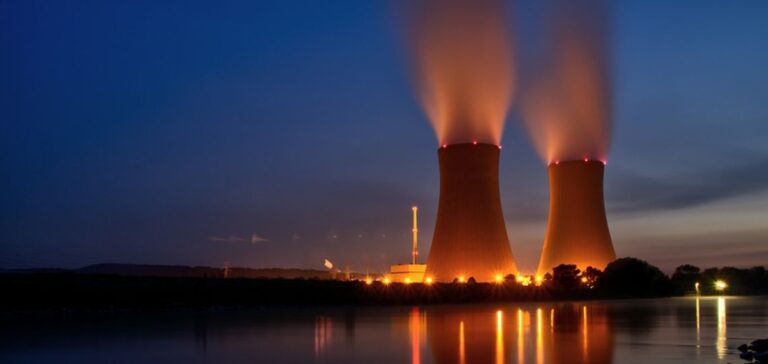The Kenya Nuclear and Power Energy Agency (NuPEA) has unveiled its strategic plan for the period 2023-2027. A plan that marks an important step towards the development of the country’s nuclear infrastructure, and Africa’s more generally, as nuclear projects develop on the continent, such as in Burkina Faso and Ghana. This plan builds on the success of the previous 2020-2025 plan, which saw Kenya’s nuclear program progress to Phase II of the International Atomic Energy Agency’s (IAEA) Milestone Approach, a major accolade from international experts. In his foreword, NuPEA Chairman Ezra Odhiambo emphasized the importance of this plan in continuing Kenya’s efforts to develop its nuclear sector. This strategic plan was designed through a participatory process, including consultations with various stakeholders.
Alignment with national objectives
NuPEA’s strategic plan for 2023-2027 is aligned with Kenya’s national development agenda, as illustrated by policy documents such as the Constitution of Kenya, Vision 2030, and Medium Term Plan IV. It also incorporates key elements of the Bottom-Up Economic Transformation Agenda, Kenya’s National Spatial Plan and Climate Change Policy Objectives, underlining Kenya’s commitment to sustainable, environmentally-friendly energy solutions. This strategic direction aims to ensure that the development of nuclear energy in Kenya contributes to the achievement of the country’s sustainable development ambitions. Planning also took into account a situational analysis and reviews of the implementation of the 2020-2025 strategic plan.
Nuclear infrastructure development
NuPEA plans to build and commission the country’s first nuclear power plant by 2034. The counties of Kilifi and Kwale have been identified as potential hosts for the facility, while land has been earmarked at Konza Technopolis, a technology hub located 64 km south of Nairobi, for a research reactor. This initiative is part of a roadmap detailed by the strategic plan, suggesting that site preparations for the plant will begin in 2029, with construction scheduled to start between 2030 and 2031.
Commitment and research in nuclear energy
The 2023-2027 strategic plan emphasizes the importance of research and development in the field of nuclear energy, including the establishment of a nuclear research reactor and the development of human and institutional capacities. An energy research center is also planned.
NuPEA estimates the funding required to implement the initiatives outlined in the strategic plan at around KES 36.2 billion (USD 273 million). At the launch event in Nairobi, NuPEA’s Director of Planning and Strategy, Winnie Ndubai, expressed the agency’s vision of providing sustainable, affordable and clean energy solutions. She stressed that these solutions would not be limited solely to nuclear power, which will serve as the basic clean energy source in the energy mix, but would also include innovation through research to discover new ideas and technologies in the energy sector.






















